Cyclooxygenase
Products for Cyclooxygenase
- Cat.No. Product Name Information
-
GC41174
Pinane Thromboxane A2
Pinane thromboxane A2 (PTA2) is a stable analog of TXA2.

-
GC18271
Polmacoxib
Polmacoxib is an inhibitor of cyclooxygenase 2 (COX-2) and the carbonic anhydrase subtypes I (CAI) and CAII.
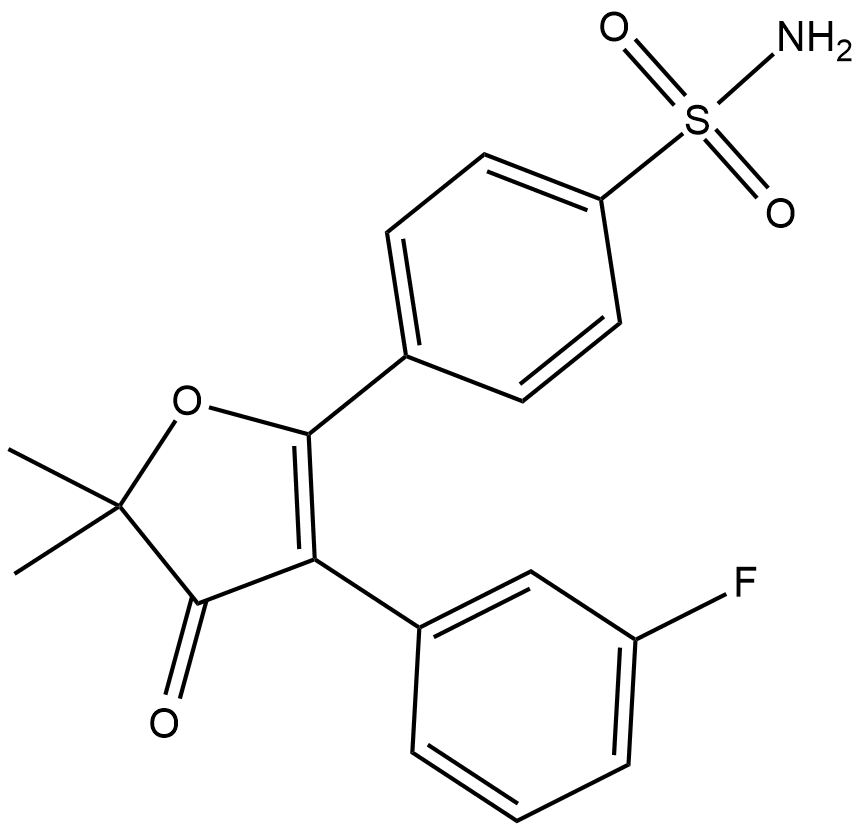
-
GC44670
PPA
PPA is the product of peroxidase-catalyzed reduction of PPHP.

-
GC44672
PPHP
PPHP is a substrate for the measurement of peroxidase enzymes.

-
GC52270
Pranoprofen-13C-d3
An internal standard for the quantification of pranoprofen

-
GC18310
Prostaglandin A1
Prostaglandin A1 (PGA1) was first isolated as a dehydration product of the PGE1 compounds found in human semen.
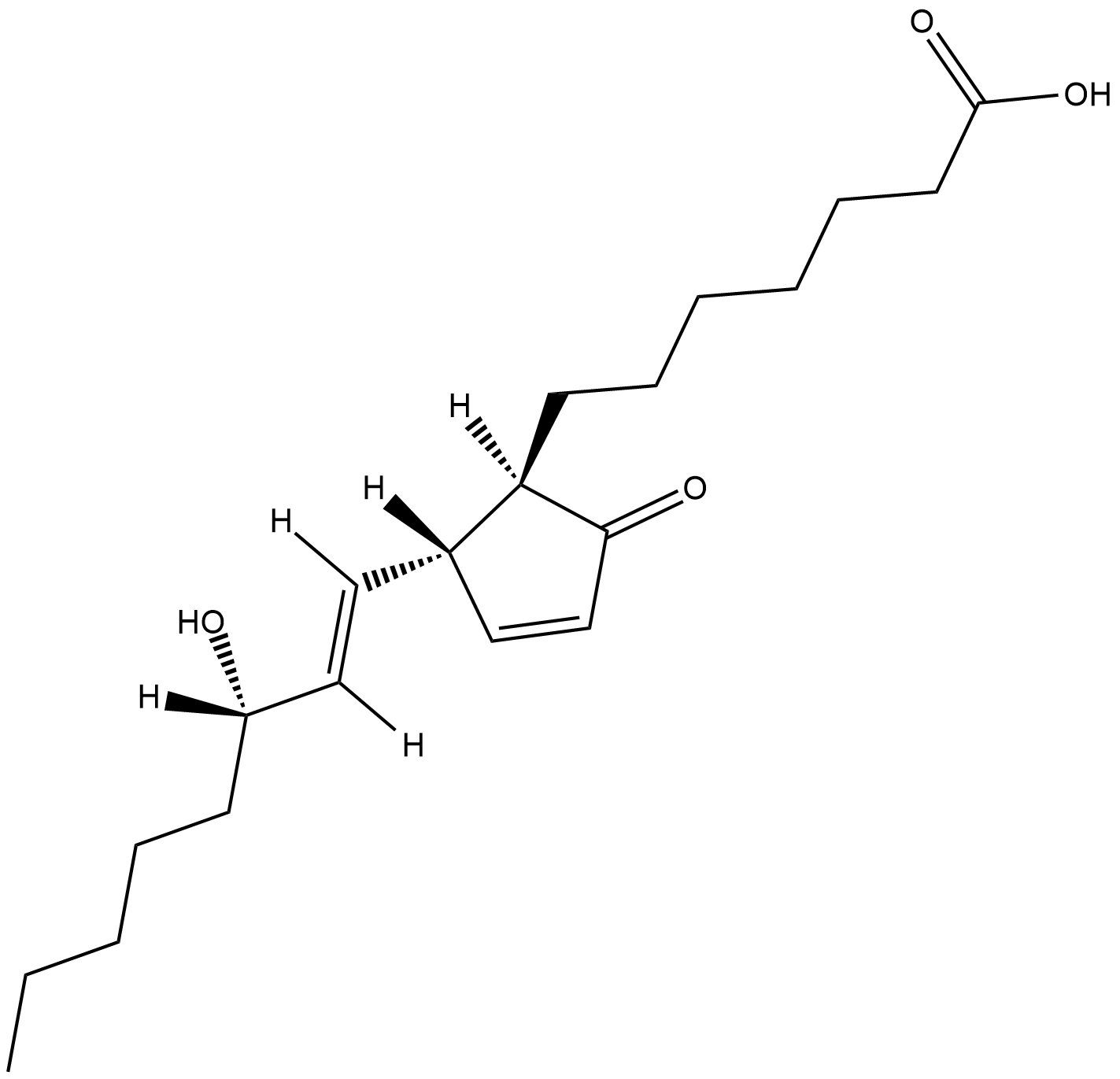
-
GC18855
Prostaglandin A1 ethyl ester
Prostaglandin A1 (PGA1) ethyl ester is a prodrug form of PGA1 with enhanced lipid solubility.
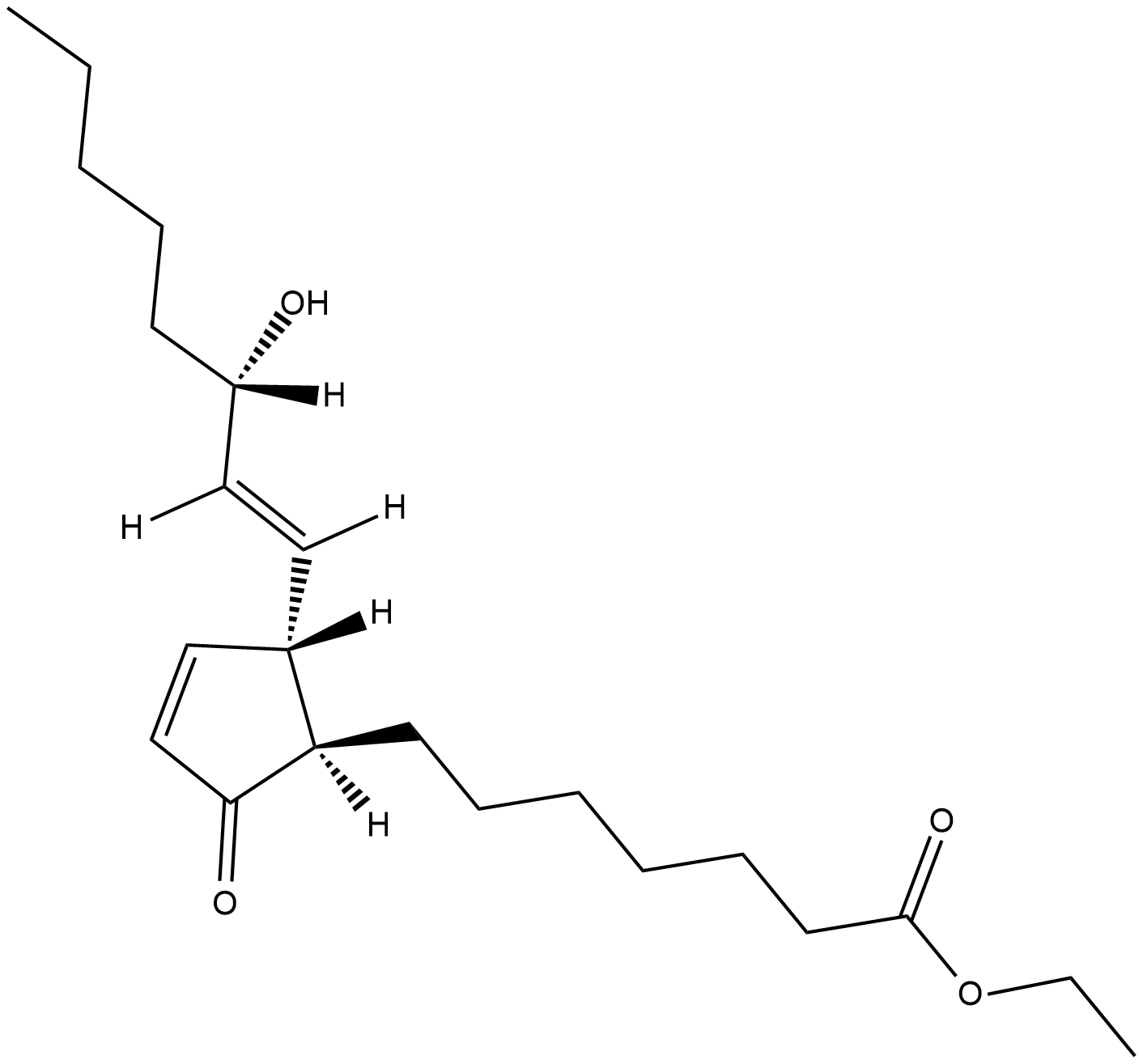
-
GC40340
Prostaglandin A1 methyl ester
Prostaglandin A1 (PGA1) has been shown to cause renal vasodilation, increase urine sodium excretion, and lowers arterial pressure in hypertensive patients.

-
GC18353
Prostaglandin A2
A naturally occurring prostaglandin with antiviral/antitumor activity
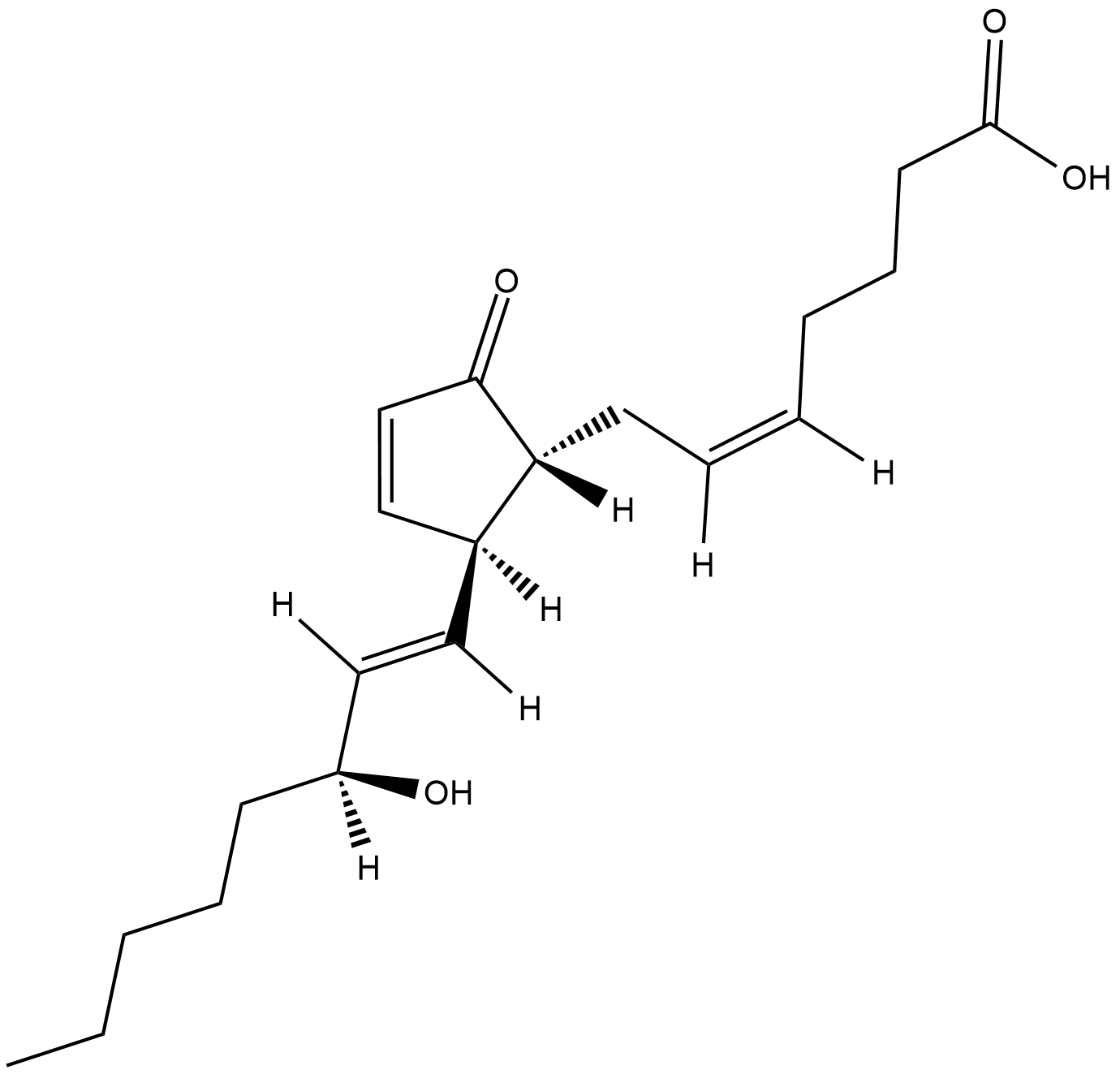
-
GC52377
Prostaglandin A2 ethyl ester
An ester form of PGA2

-
GC44704
Prostaglandin A2 methyl ester
Prostaglandin A2 (PGA2) is a naturally occurring PG in gorgonian corals where it may function in self defense.

-
GC47983
Prostaglandin A2-d4
An internal standard for the quantification of prostaglandin A2
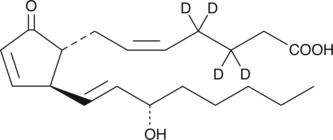
-
GC40765
Prostaglandin A3
Cyclooxygenase metabolism of EPA to produce Prostaglandin E3 (PGE3) has been reported in biosynthetic preparations of ovine seminal vesicles and in the ocular tissues of primates.
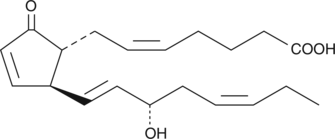
-
GC18250
Prostaglandin B1
Prostaglandin B1 (PGB1) is a non-enzymatic dehydration product of PGE1 resulting from treatment with strong base.
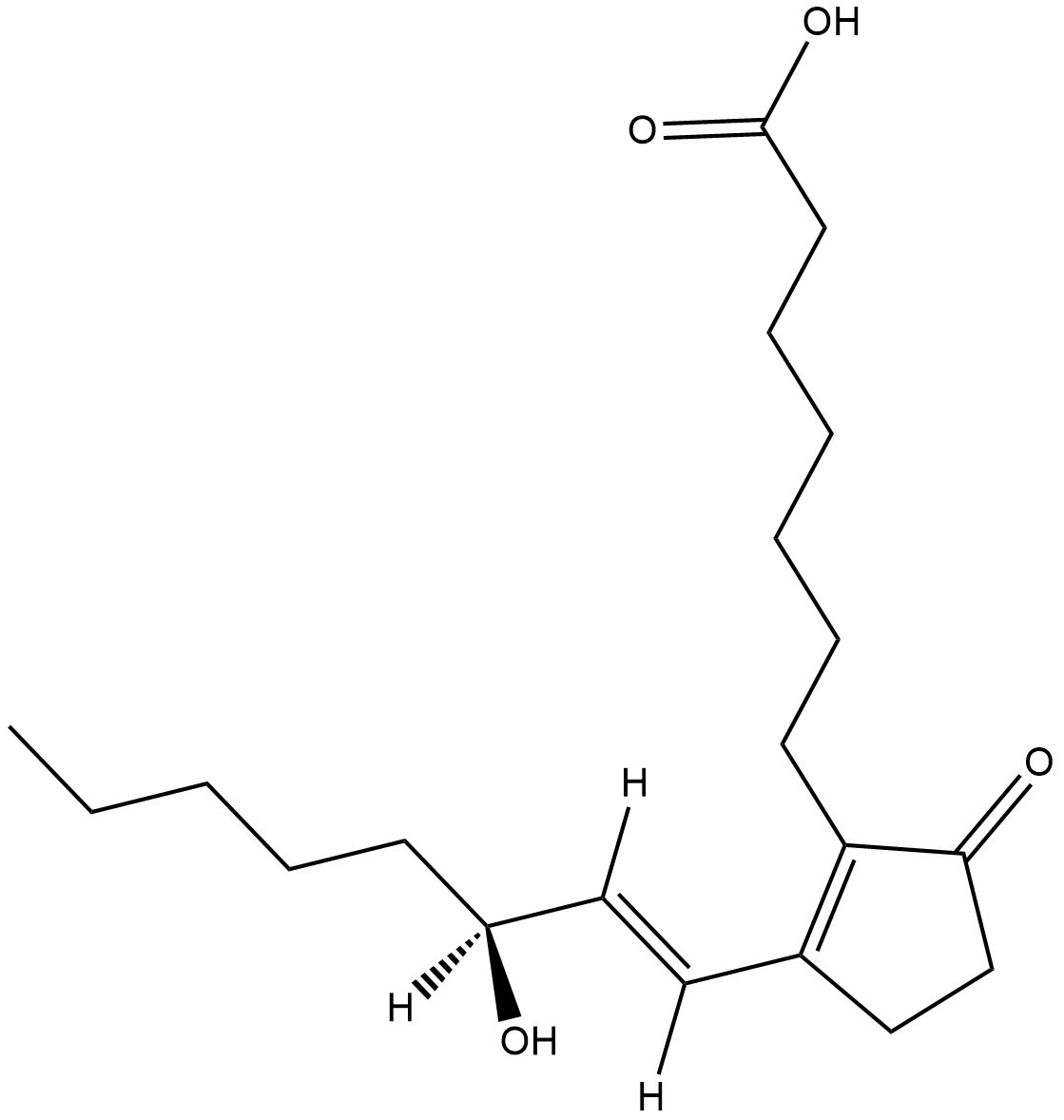
-
GC18411
Prostaglandin B2
Prostaglandin B2 (PGB2) is a non-enzymatic dehydration product resulting from the treatment of PGE2 or PGA2 with strong base.
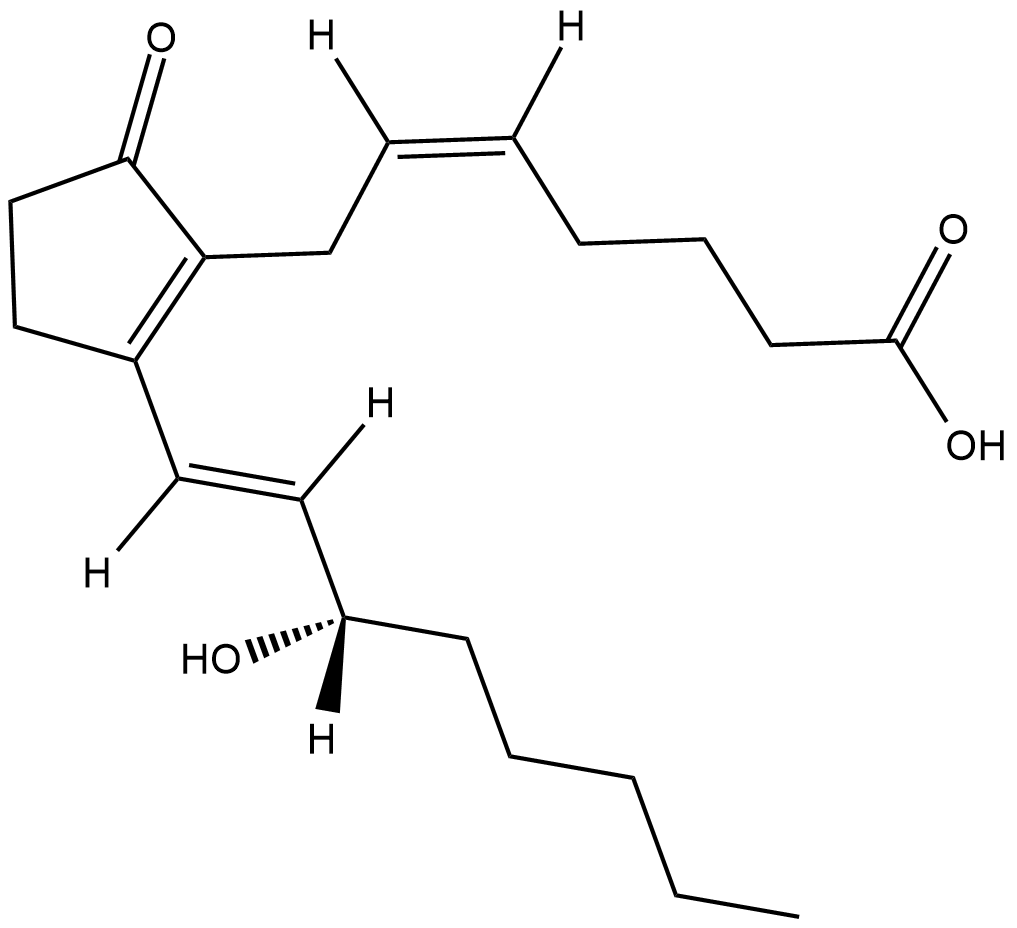
-
GC47984
Prostaglandin B2-d4
An internal standard for the quantification of prostaglandin B2

-
GC40766
Prostaglandin B3
Prostaglandin B3 (PGB3) is a non-enzymatic dehydration product resulting from the treatment of Prostaglandin E3 (PGE3) with strong base.
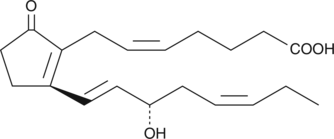
-
GC45551
Prostaglandin Bx

-
GC45770
Prostaglandin D Synthase (hematopoietic-type) Inhibitor F092
An inhibitor of hematopoietic-type PGDS

-
GC18999
Prostaglandin D1
Prostaglandin D1 (PGD1) is the theoretical D-series metabolite of DGLA, but to date it has not been isolated as a natural product.
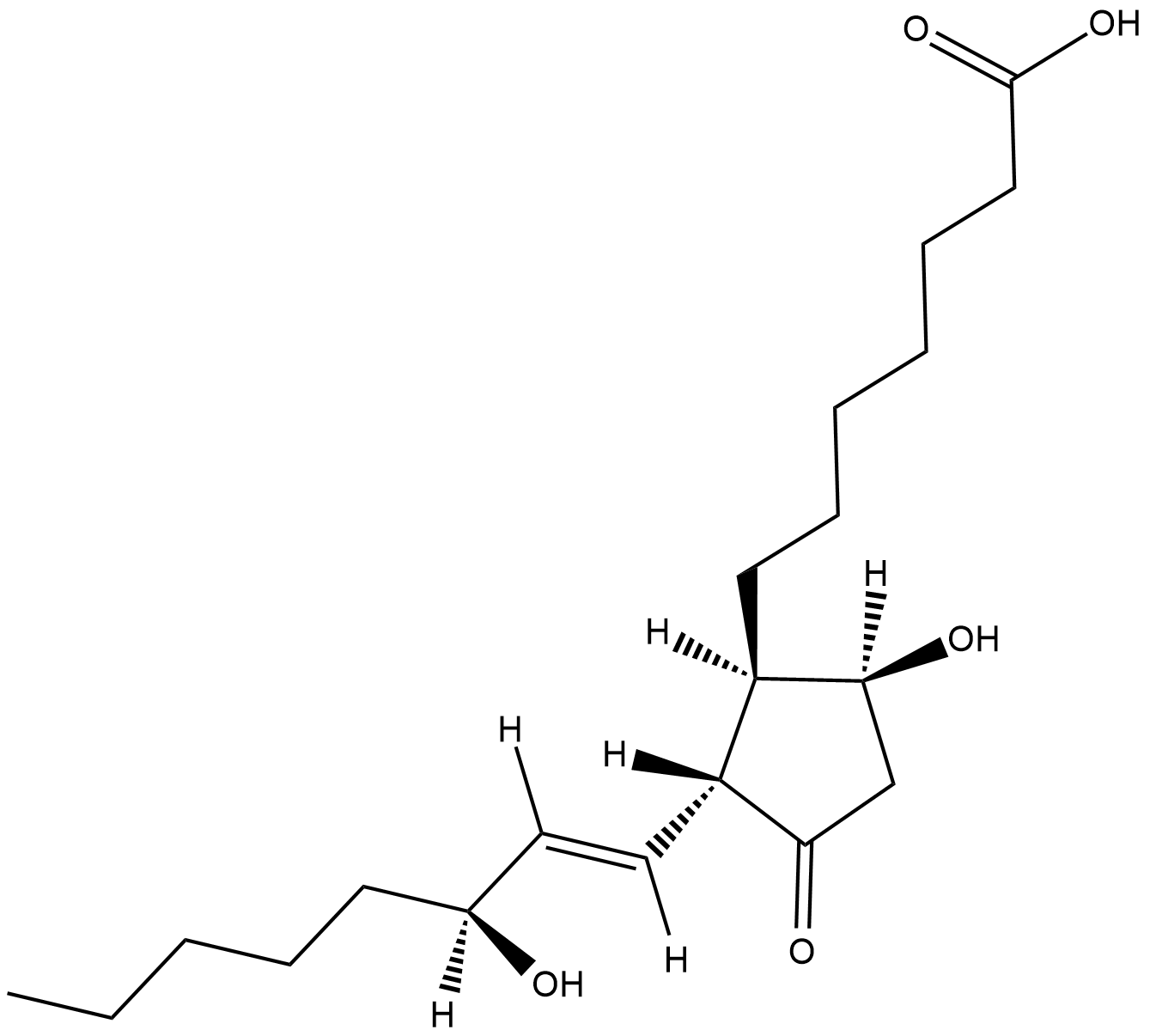
-
GC18878
Prostaglandin D1 Alcohol
Prostaglandin D1(PGD1) alcohol is the synthetic analog of PGD1 with a primary alcohol in place of the C-1 carboxyl.
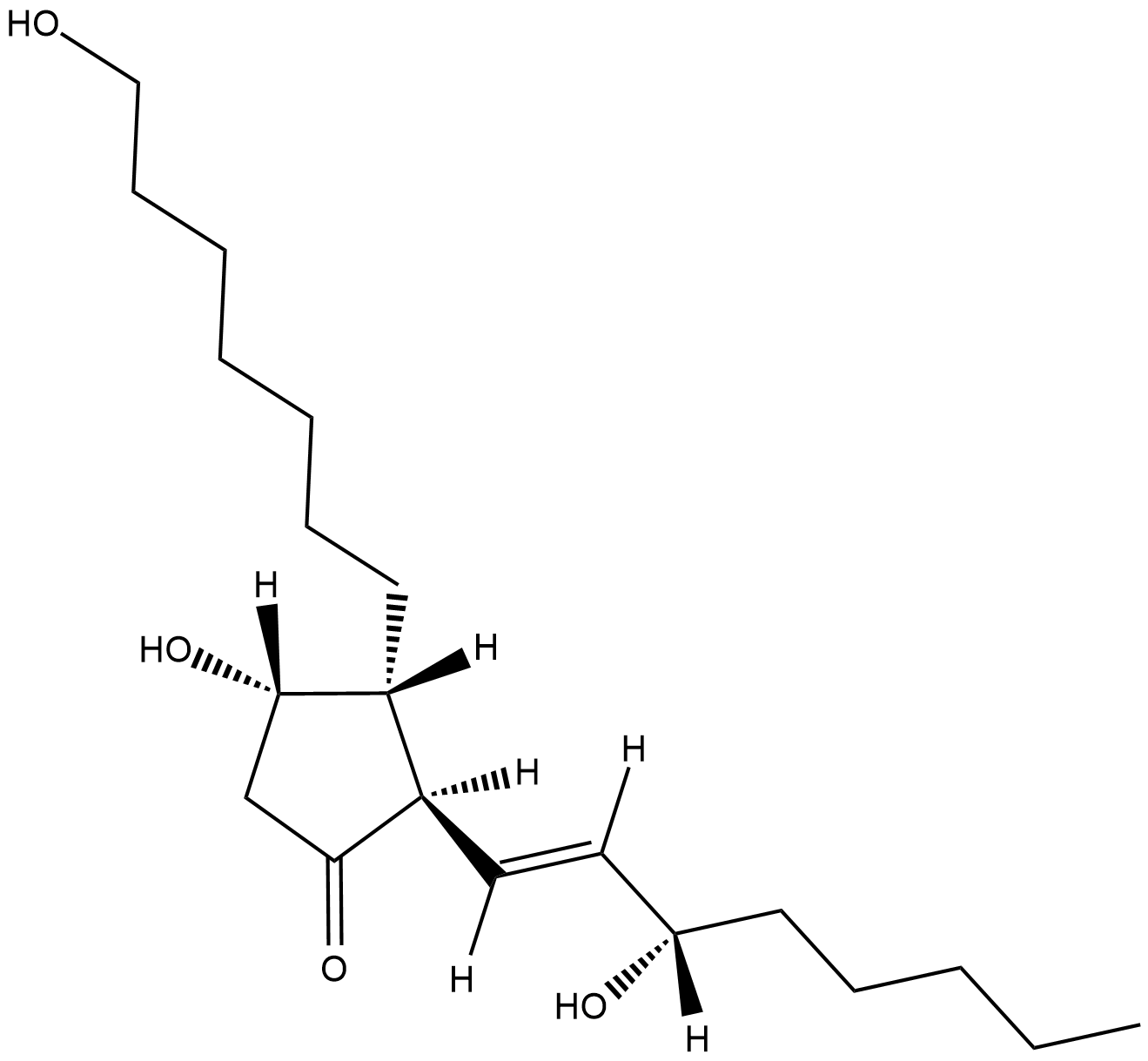
-
GC44707
Prostaglandin D2 Ethanolamide
Prostaglandin D2 ethanolamide (PGD2-EA) is a bioactive lipid produced by the sequential metabolism of anandamide (arachidonoyl ethanolamide) by cyclooxygenase (COX) enzymes, in particular by COX-2, and PGD synthase.

-
GC41170
Prostaglandin D2 methyl ester
Prostaglandin D2 (PGD2) is the major eicosanoid product of mast cells and is produced in large quantities by hematopoietic PGD synthase during allergic and asthmatic anaphylaxis.

-
GC44709
Prostaglandin D2 serinol amide
2-Arachidonyl glycerol (2-AG) exhibits cannabinoid (CB) agonist activity at the CB1 receptor, is an important endogenous monoglyceride species, and is thus considered to be the natural ligand for the CB1 receptor.

-
GC44710
Prostaglandin D2-1-glyceryl ester
2-Arachidonoyl glycerol has been isolated from porcine brain, and has been characterized as the natural endocannabinoid ligand for the CB1 receptor.

-
GC47988
Prostaglandin D2-d4
An internal standard for the quantification of prostaglandin D2
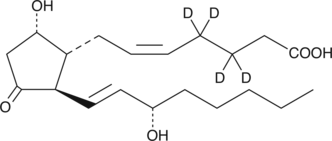
-
GC40610
Prostaglandin D3
Prostaglandin D3 (PGD3) is produced by the metabolism of EPA via the COX pathway.

-
GC18740
Prostaglandin E1 Alcohol
Prostaglandin E1 (PGE1) alcohol is a non-irritant bronchodilator, with relaxant activity on the human bronchial muscle in vitro, comparable to PGE1 at concentrations of 0.01 to 10.0 ug/ml.
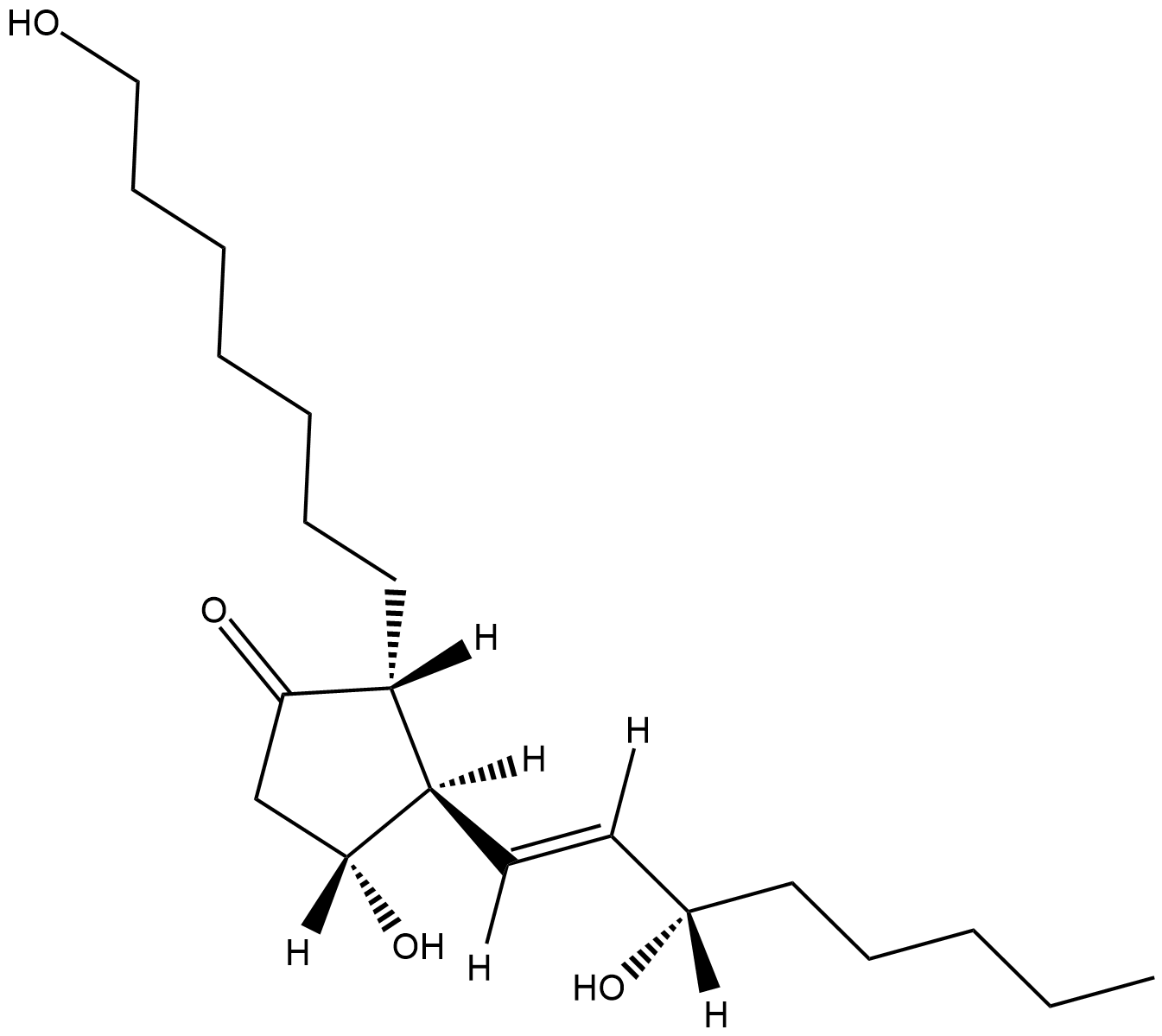
-
GC18738
Prostaglandin E1 Ethanolamide
Prostaglandin E1 ethanolamide (PGE1-EA) is the ethanolamine-amide analog of PGE1.
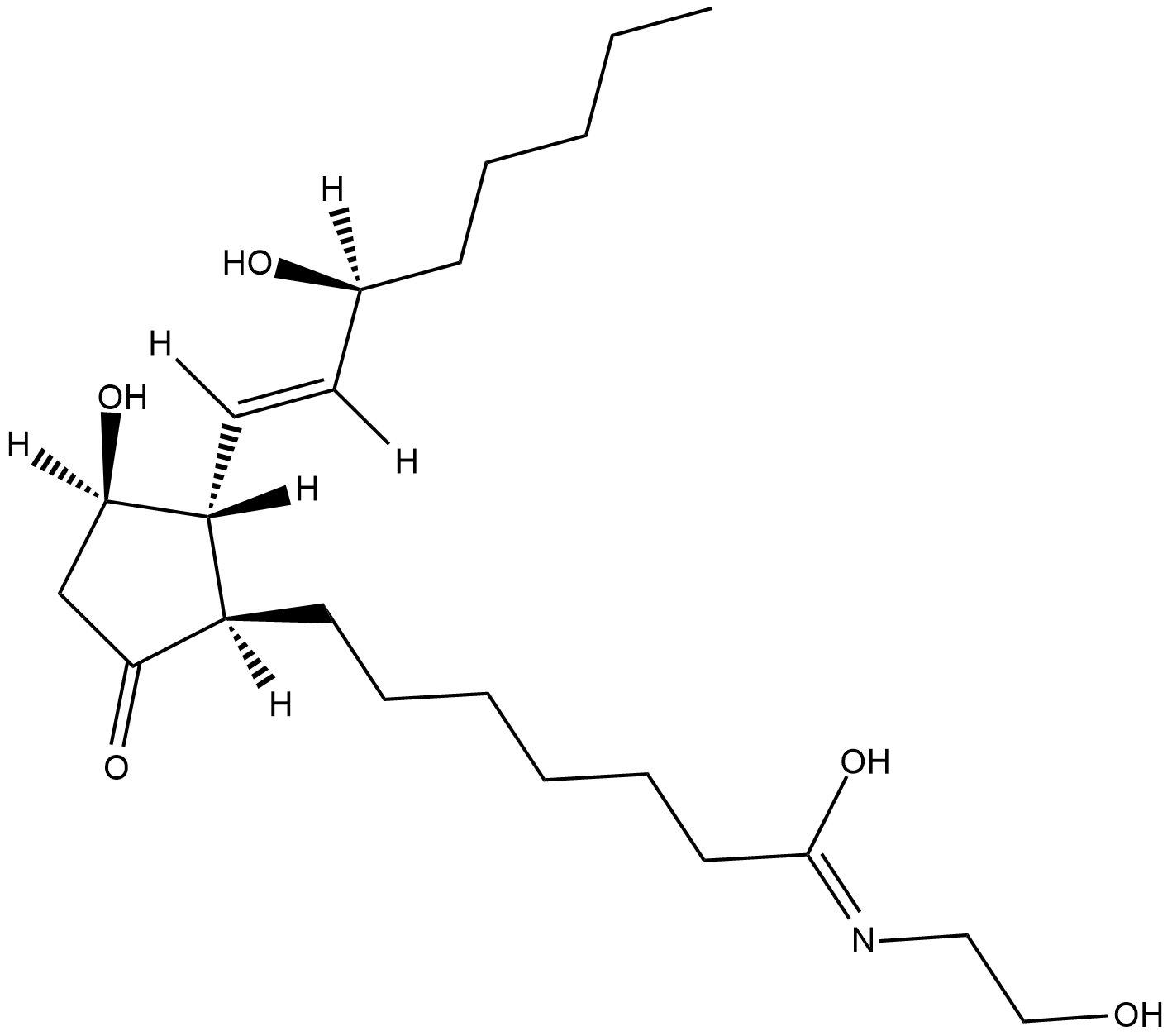
-
GC18768
Prostaglandin E1 ethyl ester
Prostaglandin E1 (PGE1) is the theoretical cyclooxygenase metabolite of dihomo-γ-linolenic acid.
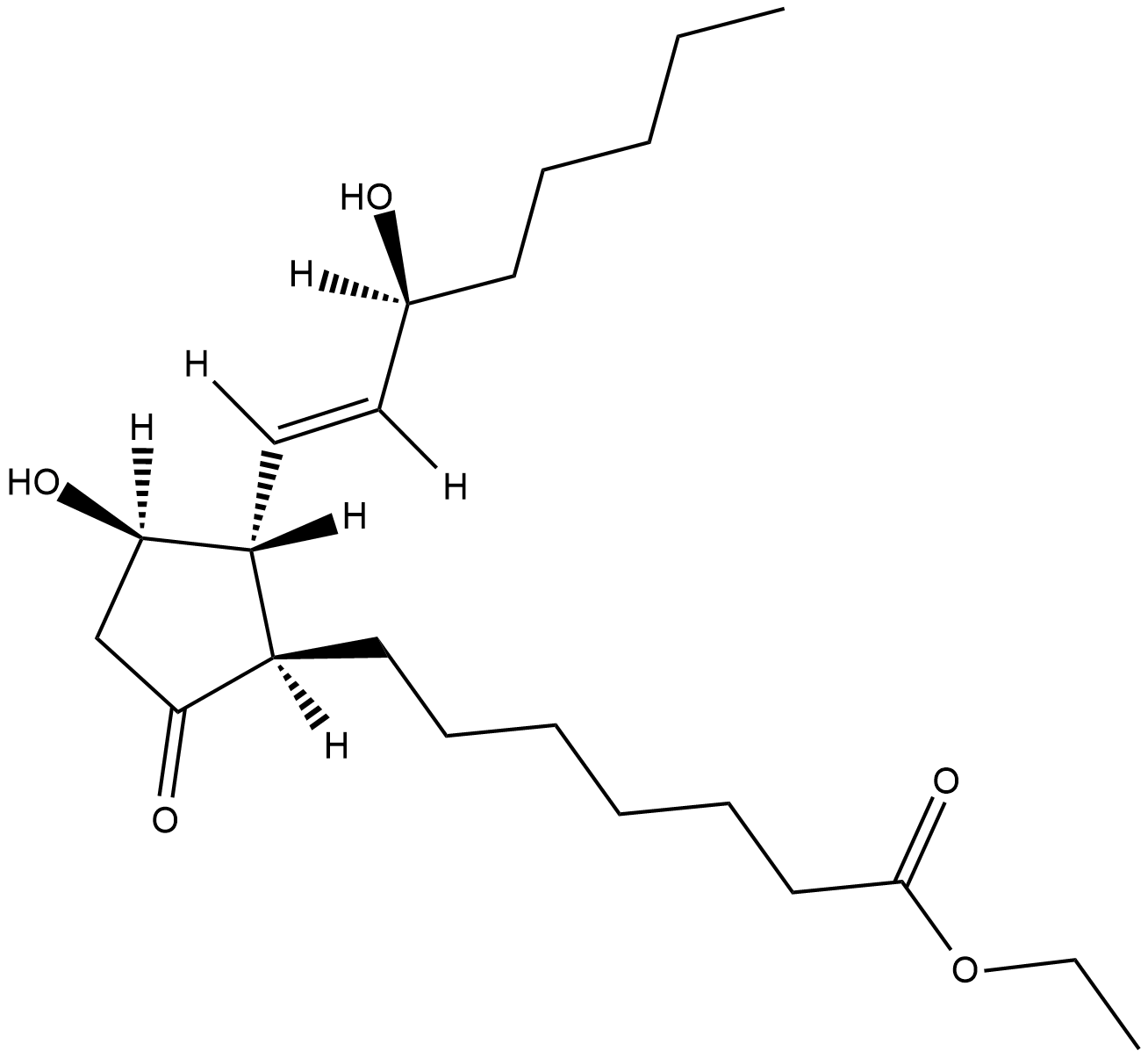
-
GC47990
Prostaglandin E1 isopropyl ester
An ester prodrug form of PGE1

-
GC47991
Prostaglandin E1-d4
An internal standard for the quantification of prostaglandin E1
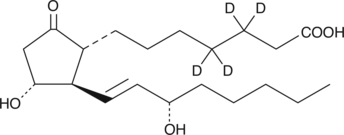
-
GC44712
Prostaglandin E2 Ethanolamide
Prostaglandin E2 ethanolamide (PGE2-EA) is an analog of PGE2 with improved water solubility and stability.

-
GC44714
Prostaglandin E2 isopropyl ester
Prostaglandin E2 (PGE2) isopropyl ester is a more lipophilic form of the free acid, PGE2.

-
GC41171
Prostaglandin E2 methyl ester
Prostaglandin E2 methyl ester (PGE2 methyl ester) is an analog of PGE2 with enhanced lipid solubility.

-
GC44715
Prostaglandin E2 p-acetamidophenyl ester
PGE2 p-acetamidophenyl ester is a crystalline derivative of PGE2.

-
GC44716
Prostaglandin E2 p-benzamidophenyl ester
PGE2 p-benzamidophenyl ester is a crystalline derivative of PGE2.
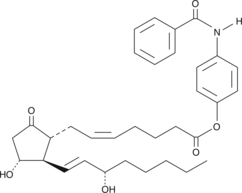
-
GC44717
Prostaglandin E2 serinol amide
2-Arachidonyl glycerol (2-AG) exhibits cannabinoid agonist activity at the CB1 receptor, is an important endogenous monoglyceride species, and is thus considered to be the natural ligand for the CB1 receptor.

-
GC44718
Prostaglandin E2-1-glyceryl ester
2-Arachidonoyl glycerol has been isolated from porcine brain, and has been characterized as the natural endocannabinoid ligand for the CB1 receptor.

-
GC47994
Prostaglandin E2-d4
An internal standard for the quantification of prostaglandin E2
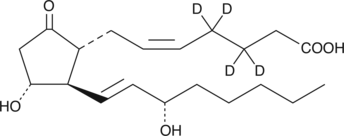
-
GC47996
Prostaglandin E2-d9
An internal standard for the quantification of PGE2

-
GC40611
Prostaglandin E3
Prostaglandin E3 (PGE3) is formed via the cyclooxygenase (COX) metabolism of eicosapentaenoic acid.
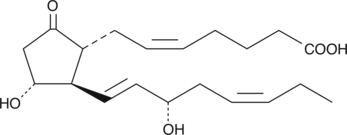
-
GC47997
Prostaglandin F1α-d9
An internal standard for the quantification of PGF1α
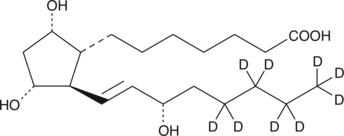
-
GC18665
Prostaglandin F1α
Prostaglandin F1α (PGF1α) is the putative metabolite of dihomo-γ-linolenic acid (DGLA) via the cyclooxygenase (COX) pathway.
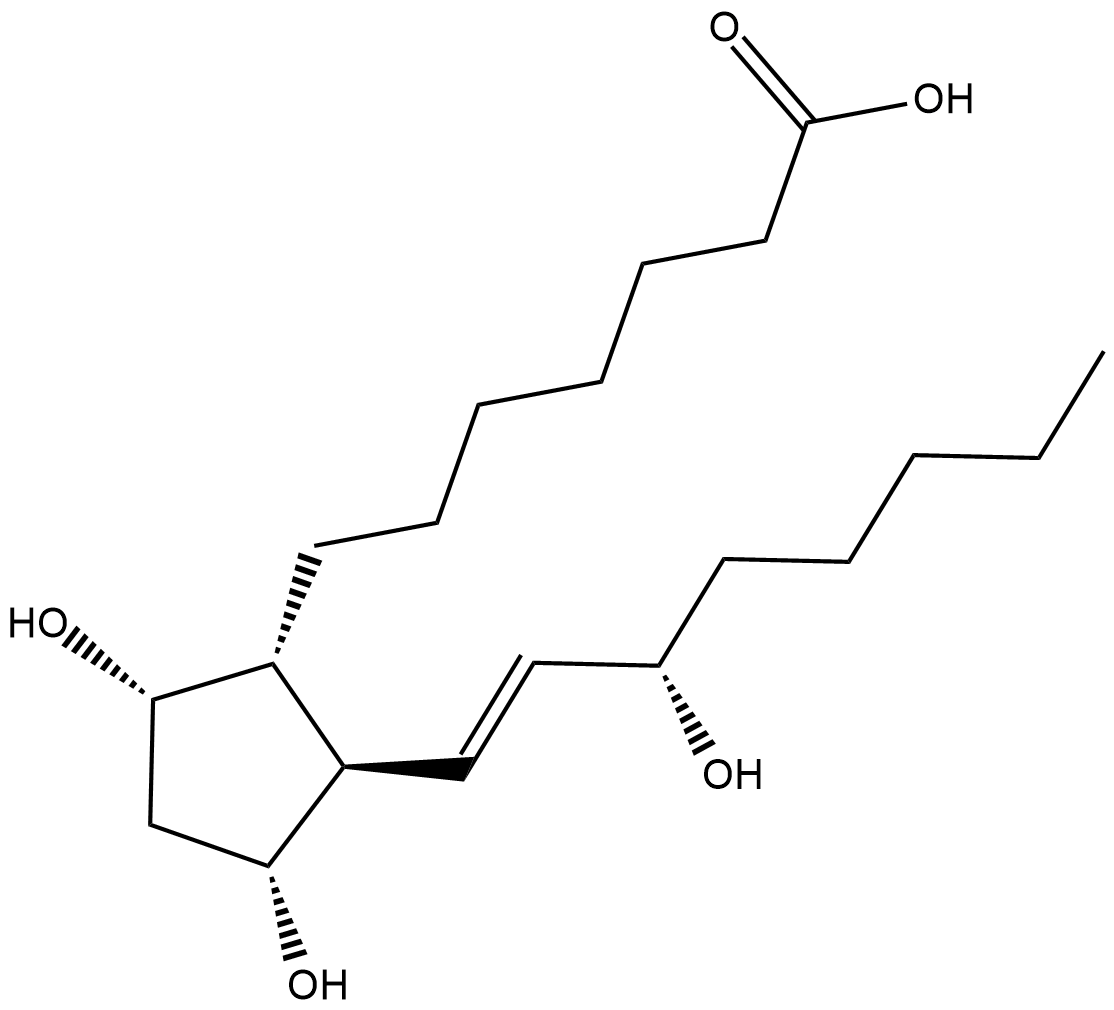
-
GC18920
Prostaglandin F1α Alcohol
Prostaglandin F1α (PGF1α) alcohol is an analog of PGF1α with a primary alcohol replacing the C-1 carboxyl group.
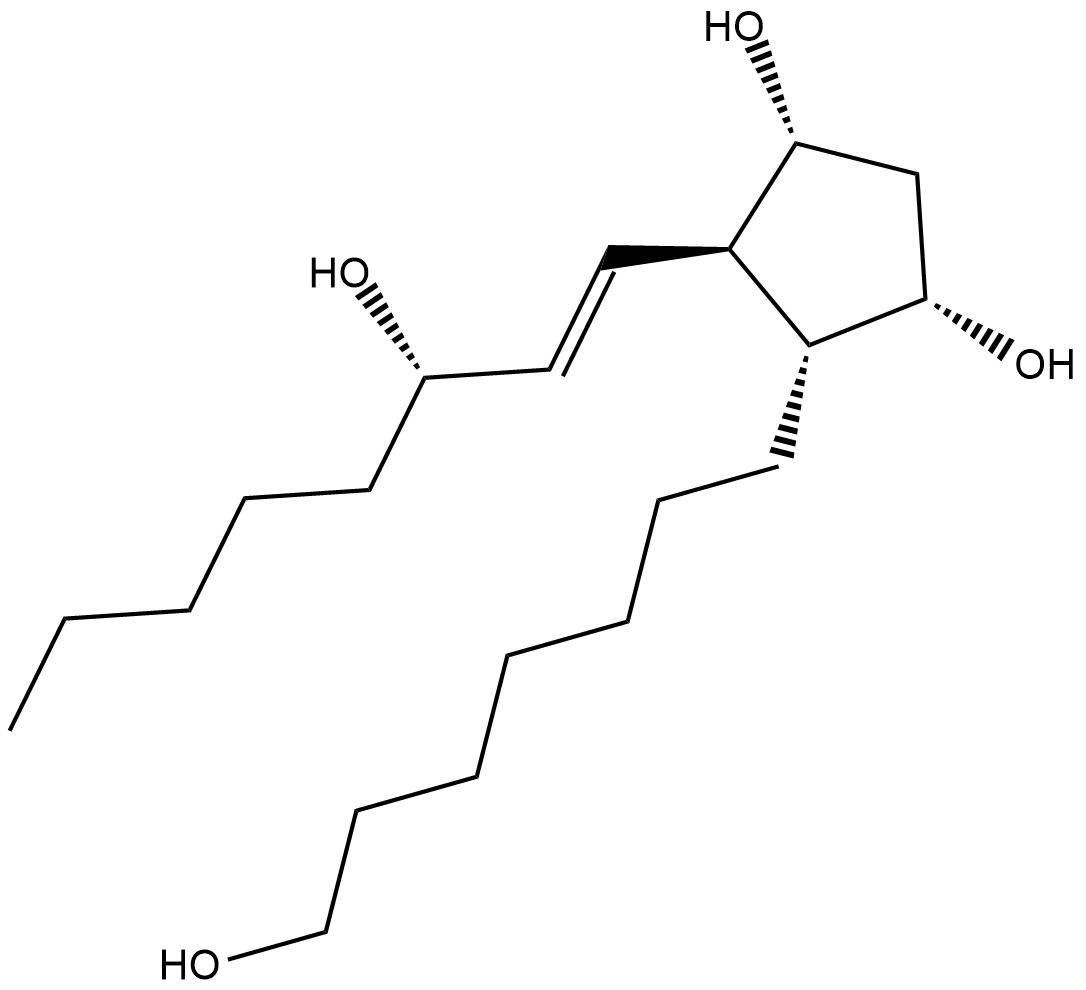
-
GC18865
Prostaglandin F1β
PGF1β is the C-9 epimer of PGF1α.
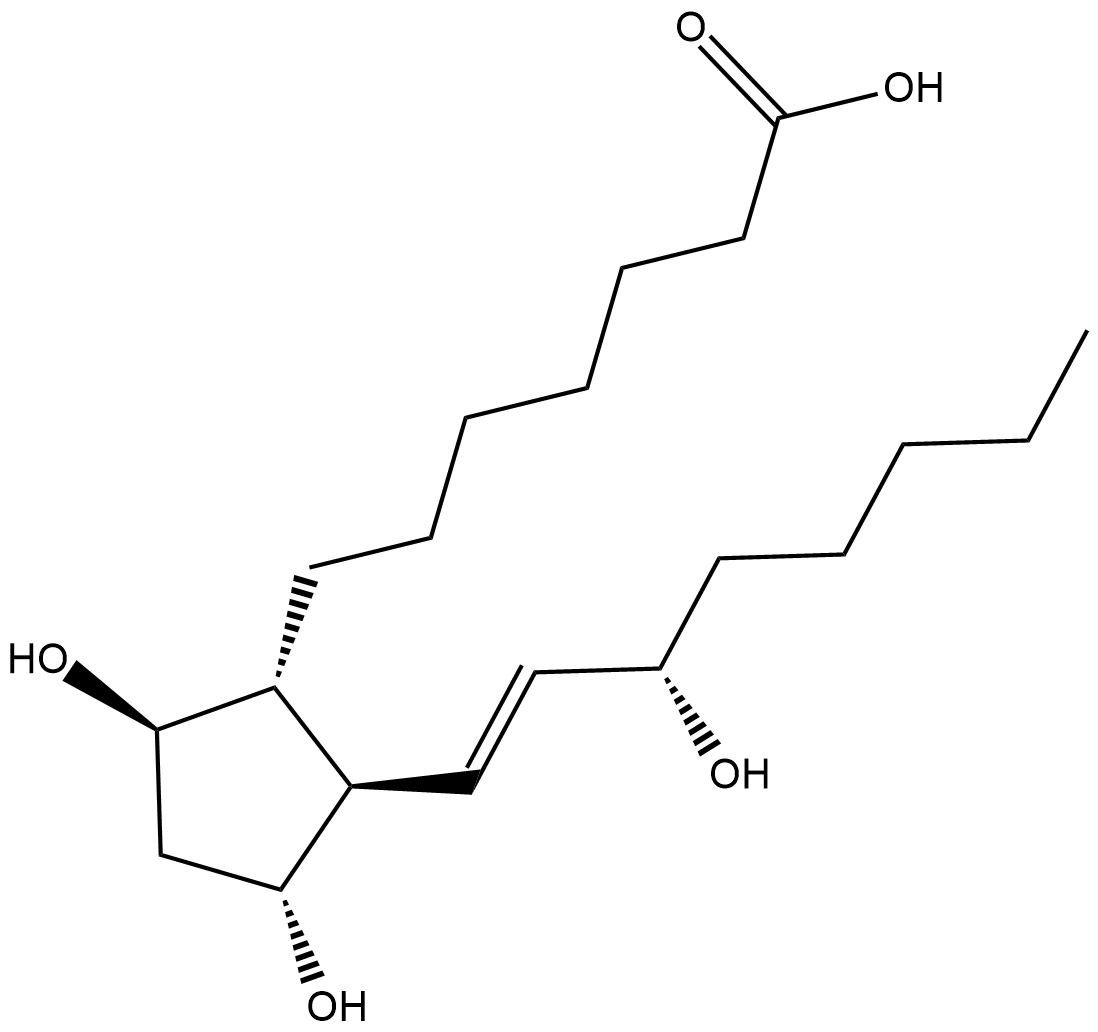
-
GC41140
Prostaglandin F2α 1,11-lactone
PGF2α 1,11-lactone is a lipid-soluble internal ester of PGF2α.

-
GC41141
Prostaglandin F2α 1,15-lactone
PGF2α 1,15-lactone is a lipid-soluble internal ester of PGF2α.

-
GC41142
Prostaglandin F2α 1,9-lactone
PGF2α 1,9-lactone is a lipid-soluble internal ester of PGF2α.
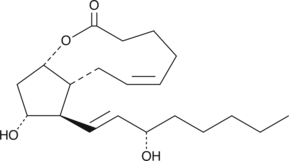
-
GC40401
Prostaglandin F2α Alcohol methyl ether
Prostaglandin F2α alcohol methyl ether (PGF2α-OMe) is an analog of PGF2α in which the C-1 carboxyl group has been replaced an O-methyl ether.
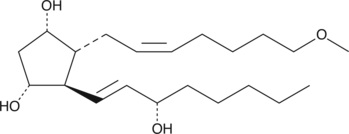
-
GC44722
Prostaglandin F2α dimethyl amide
Prostaglandin F2α (PGF2α) dimethyl amide is a weak FP receptor antagonist.
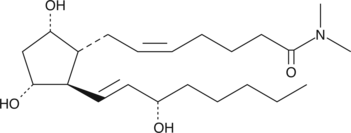
-
GC41407
Prostaglandin F2α Ethanolamide
Prostaglandin F2α ethanolamide (PGF2α-EA) is produced by COX-2 metabolism of the endogenous cannabinoid, arachidonoyl ethanolamide (AEA), found in brain, liver, and other mammalian tissues.

-
GC44723
Prostaglandin F2α ethyl amide
Prostaglandin F2α ethyl amide (PGF2α-NEt) is an analog of PGF2α in which the C-1 carboxyl group has been modified to an N-ethyl amide.

-
GC44724
Prostaglandin F2α isopropyl ester
PGF2α isopropyl ester is an ester prodrug of PGF2α with enhanced lipid solubility.

-
GC44725
Prostaglandin F2α-1-glyceryl ester
2-Arachidonoyl glycerol has been isolated from porcine brain, and has been characterized as the natural endocannabinoid ligand for the central cannabinoid receptor.

-
GC48000
Prostaglandin F2α-d4
A quantitative analytical standard guaranteed to meet MaxSpec® identity, purity, stability, and concentration specifications
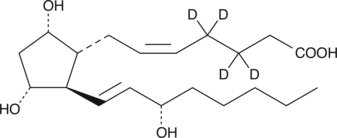
-
GC44727
Prostaglandin F2β (tromethamine salt)
Prostaglandin F2β (PGF2β) (tromethamine salt) is a derivative of PGF2β with increased water solubility.

-
GC18914
Prostaglandin F2α Alcohol
Prostaglandin F2α alcohol (PGF2α-OH) is an analog of PGF2α in which the C-1 carboxyl group has been reduced to a primary alcohol.
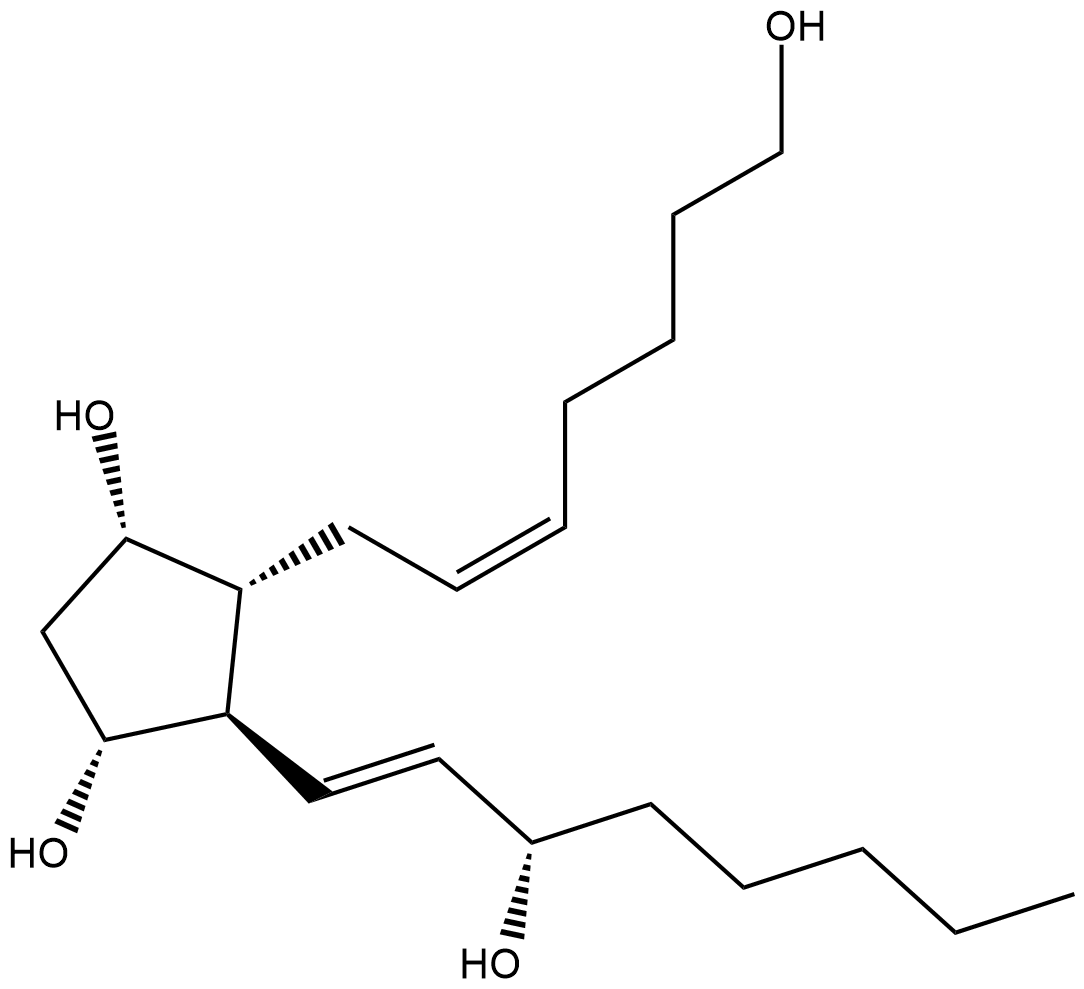
-
GC18819
Prostaglandin F2α dimethyl amine
PGF2α dimethyl amine is a derivative of PGF2α which was designed as a PG antagonist for in vitro and in vivo studies.
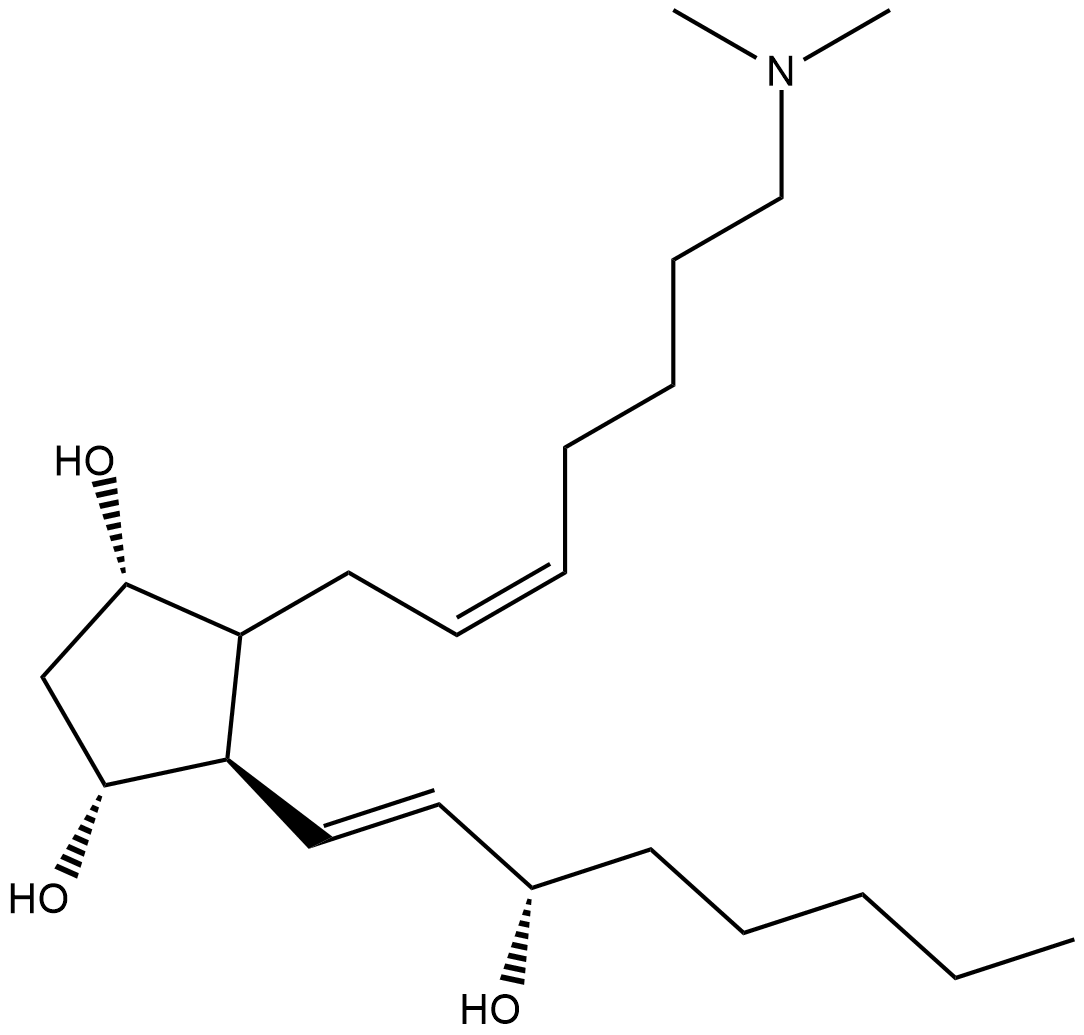
-
GC18370
Prostaglandin F2α methyl ester
Prostaglandin F2α methyl ester (PGF2α methyl ester) is an analog of PGF2α in which the C-1 carboxyl group has been esterified as the methyl ester.
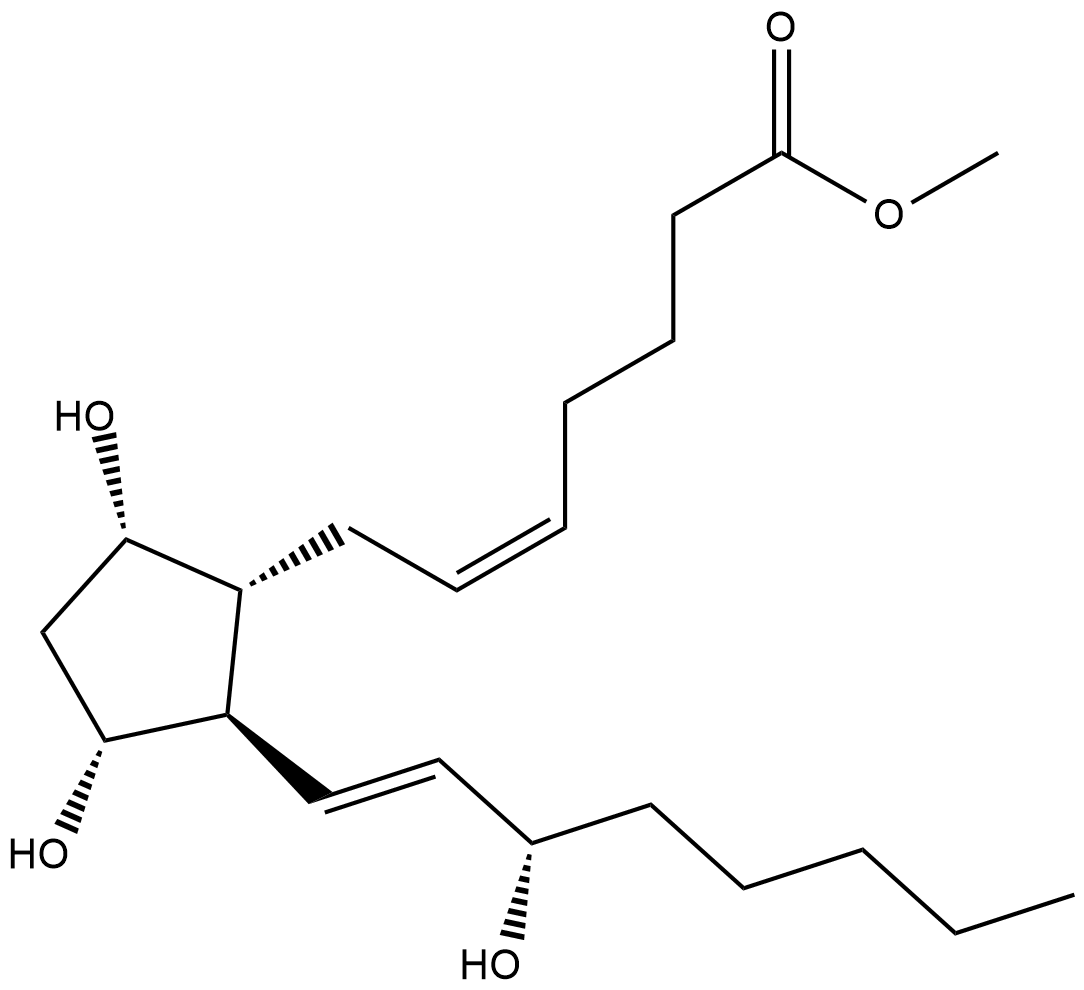
-
GC41429
Prostaglandin F3α
PGF3α is a COX product of EPA.
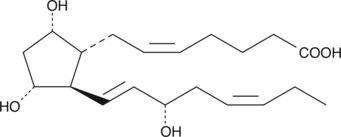
-
GC18390
Prostaglandin G2
Prostaglandin G2 (PGG2) is the first intermediate in the COX pathway which is stable enough to be isolated and characterized.
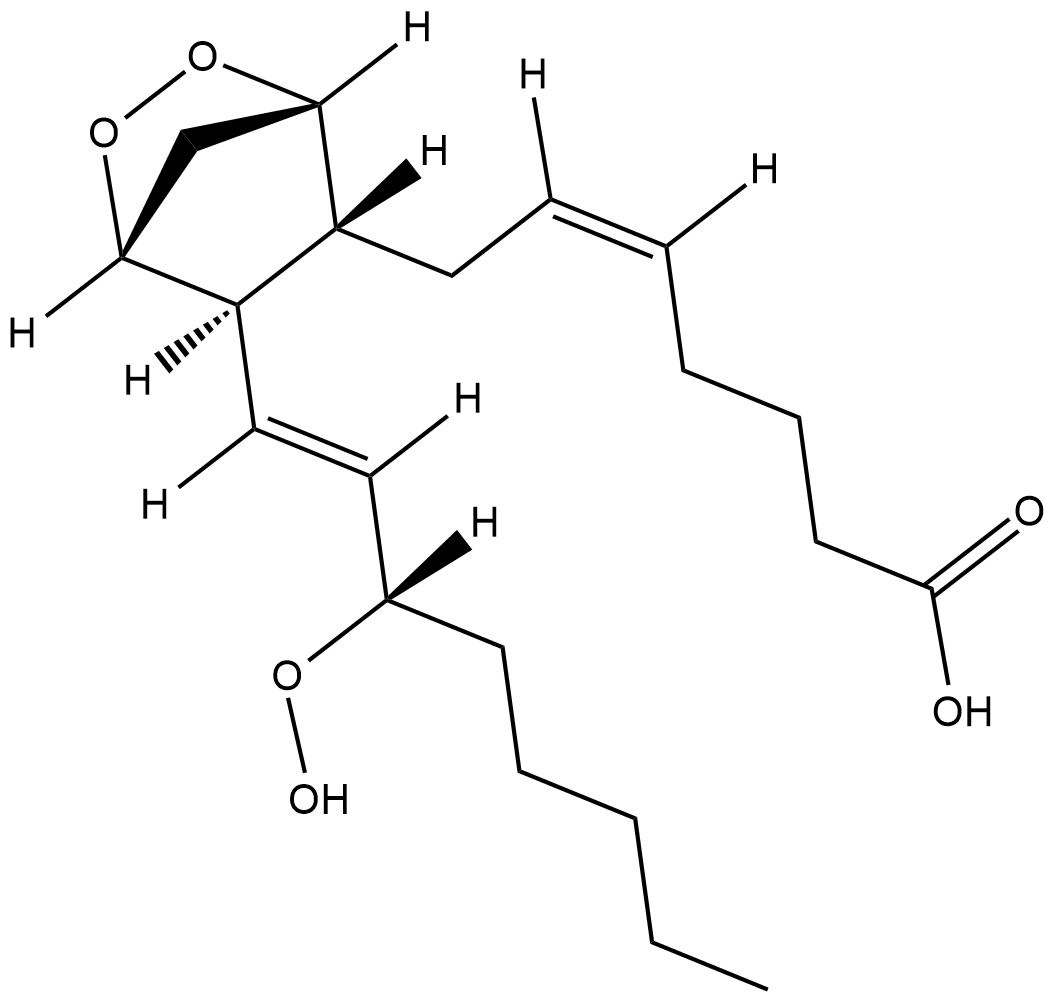
-
GC18791
Prostaglandin H1
Prostaglandin H1 (PGH1) is a COX metabolite of DGLA and is the precursor to all 1-series PGs and thromboxanes.
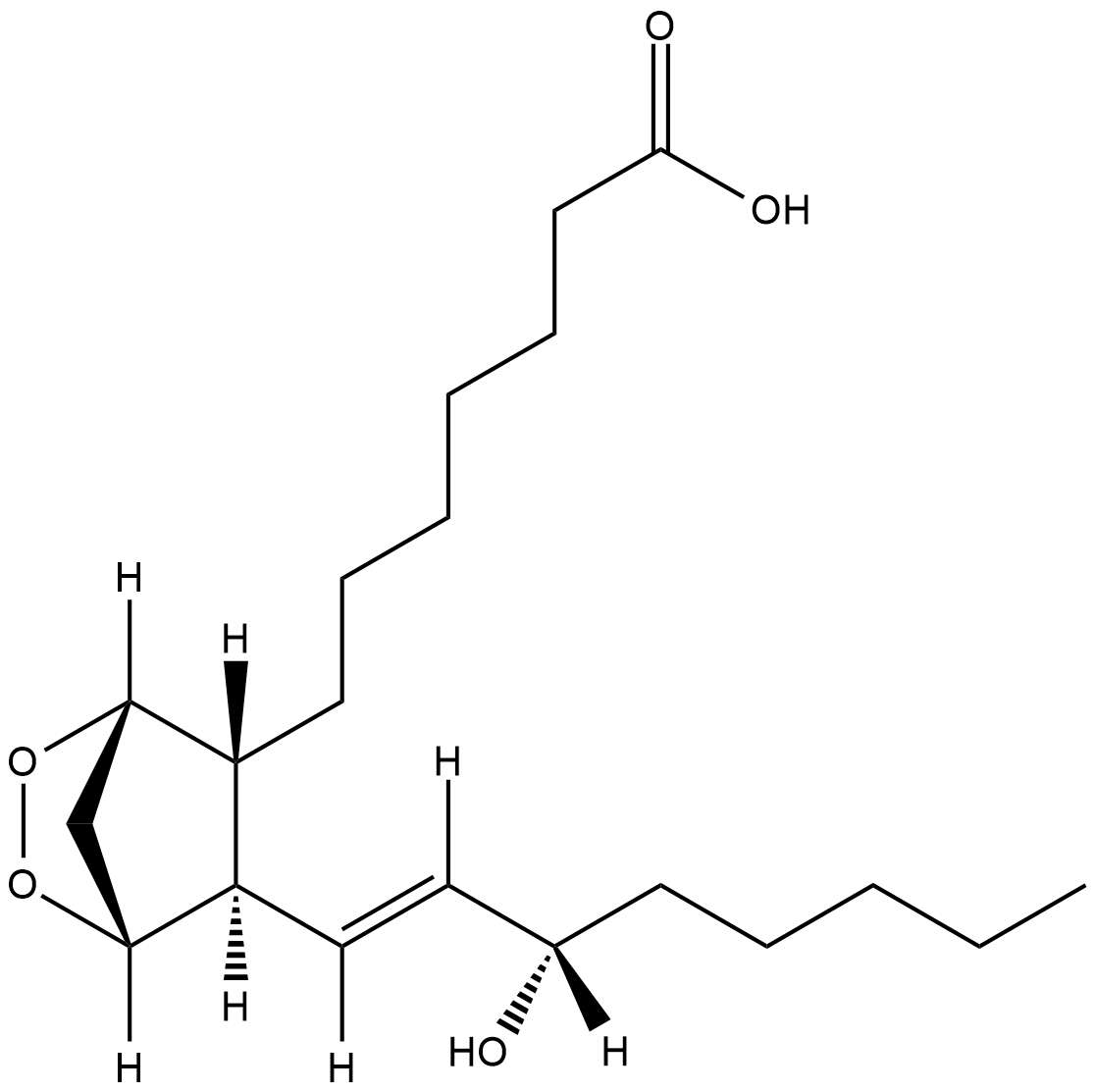
-
GC18381
Prostaglandin H2
Prostaglandin H2 (PGH2) was first isolated from incubations of arachidonic acid with ovine seminal vesicle microsomes, and was described as a potent vasoconstrictor.
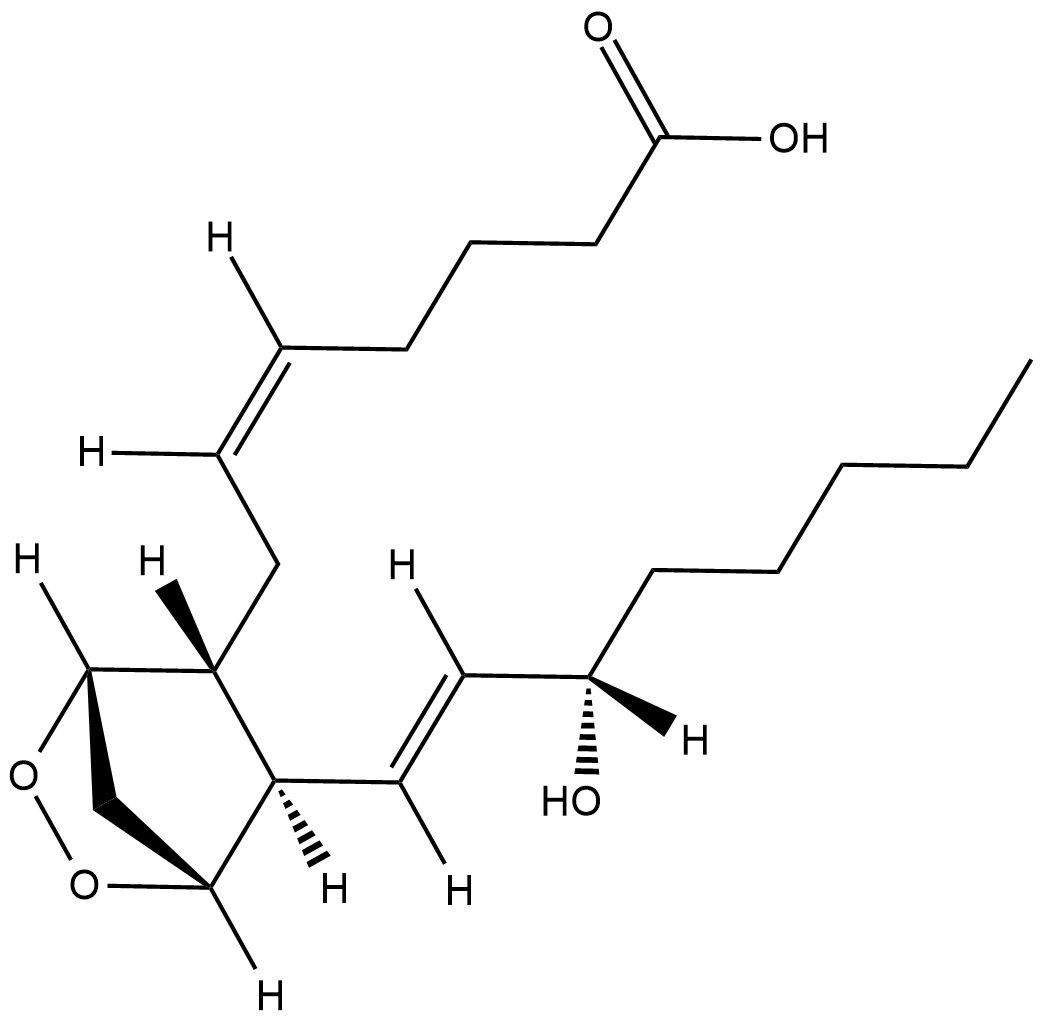
-
GC44728
Prostaglandin I3 (sodium salt)
PGI3 is synthesized from EPA by COX and PGI synthase.

-
GC18653
Prostaglandin J2
Prostaglandin J2 (PGJ2) is formed from PGD2 by the elimination of the C-9 hydroxyl group, a process which is accelerated by the presence of albumin.
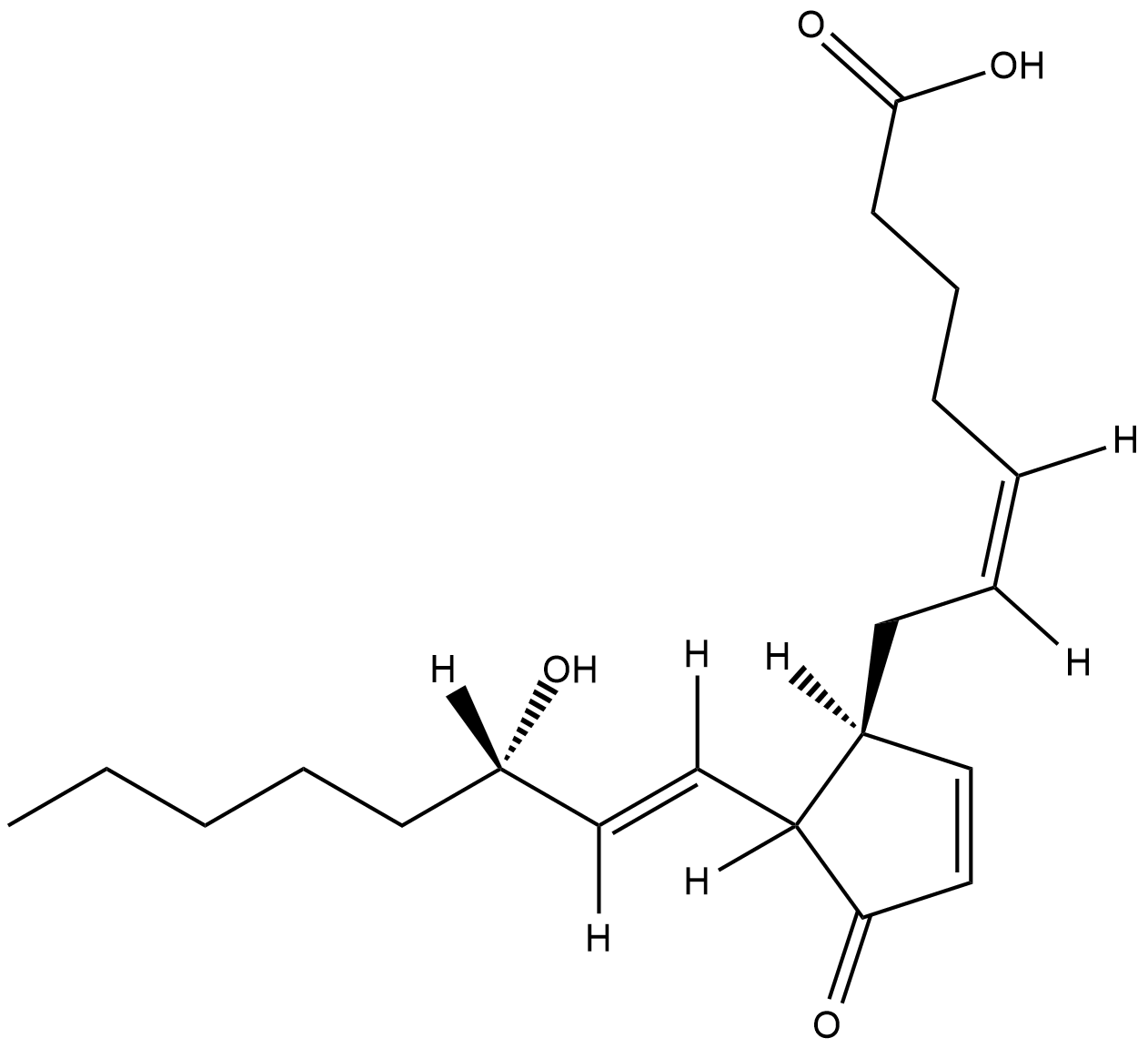
-
GC41430
Prostaglandin K1
PGK1 is the 9,11-diketone formed by the oxidation of PGE1 or PGD1.

-
GC18753
Prostaglandin K2
Prostaglandin K2 (PGK2) is the 9,11-diketone formed by the oxidation of PGE2 or PGD2.
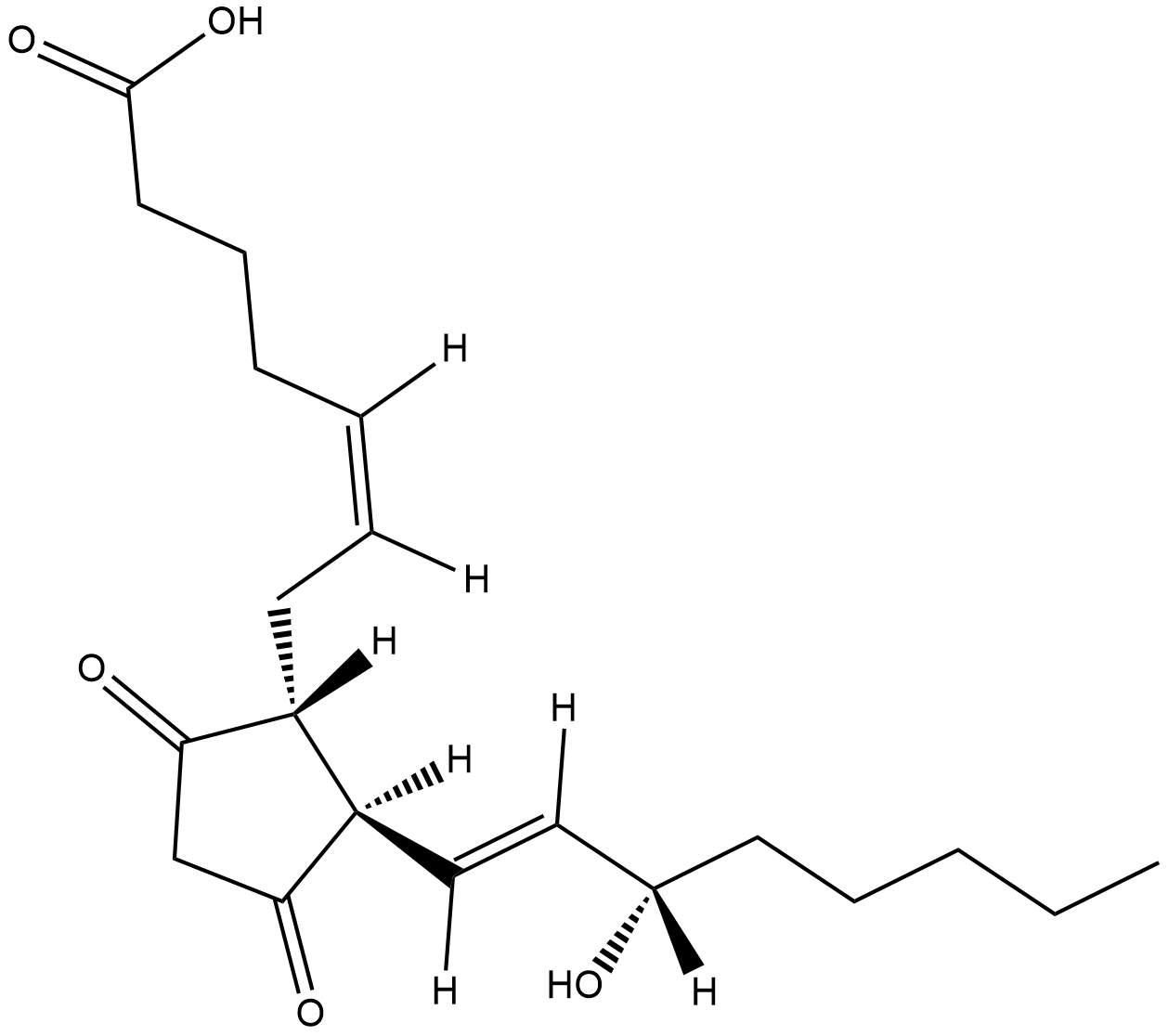
-
GC44845
Rivenprost
Prostaglandin E2 activates four distinct G protein-coupled receptors, EP1-4.

-
GC44863
S-5751
S-5751 is an antagonist of the prostaglandin D2 (PGD2) receptor DP1 (Ki = 1.6 nM) that shows at least 20-fold selectivity over receptors for thromboxane and prostacyclin, as well as the PGE2 receptor EP2.

-
GC49480
Salicylic Acid-d4
Salicylic Acid-d4 is the deuterium labeled 2-Carboxyphenol.

-
GC49363
Salicyluric Acid
A major metabolite of aspirin and salicylic acid

-
GC40866
Tafluprost (free acid)
Tafluprost (free acid) (AFP-172), an active metabolic form of Tafluprost, is a selective prostanoid FP receptor agonist.

-
GC18573
Tafluprost ethyl amide
Tafluprost ethyl amide is derived from 17-phenyl trinor Prostaglandin F2α(17-phenyl trinor PGF2α).
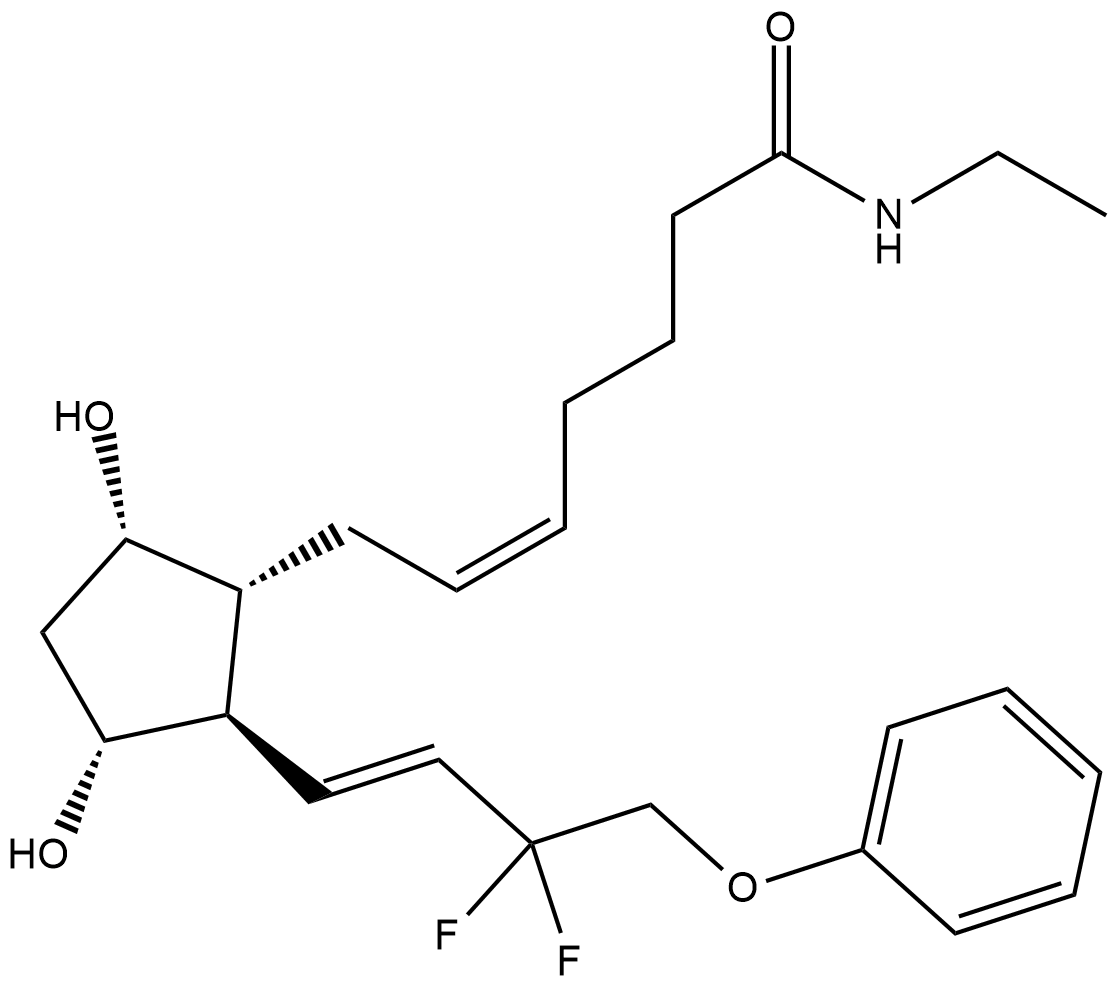
-
GC44985
Tafluprost ethyl ester
Analogs of prostaglandin F2α (PGF2α), which act primarily at the FP receptor, have been approved for the treatment of glaucoma.

-
GC44991
Taprostene (free acid)
Taprostene (free acid) (CG-4203) is a synthetic, chemically stable analogue of Prostacyclin (PGI2).

-
GC48447
TAS 205
An inhibitor of H-PGDS

-
GC45002
TBS-Corey Lactone Aldehyde
TBS-Corey lactone aldehyde is a versatile, hydroxyl-protected intermediate for the synthesis of prostaglandins and prostaglandin analogs.
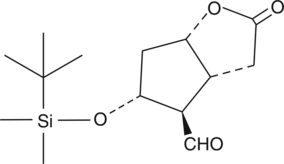
-
GC40069
Teleocidin A1
Teleocidin A1, also known as lyngbyatoxin A, is a fungal metabolite that has been isolated from S.

-
GC49386
Tepoxalin
A dual inhibitor of COX and 5-LO

-
GC45023
tetranor-12(R)-HETE
Metabolism of 12(R)-HETE in corneal tissue produces predominantly the compound resulting from the loss of four carbon atoms through β-oxidation from C-1.

-
GC40627
tetranor-Misoprostol
tetranor-Misoprostol is a metabolite of misoprostol.

-
GC41568
tetranor-PGAM
Prostaglandin E2 (PGE2), one of the most widely investigated PGs, can be used as a biomarker of inflammation, disease state, or therapeutic effectiveness.

-
GC45025
tetranor-PGDM
Prostaglandin D2 is synthesized by hematopoietic-type PGD-synthase (H-PGDS) in mast cells and is released in large quantities during allergic and asthmatic anaphylaxis.

-
GC48156
tetranor-PGDM-d6
An internal standard for the quantification of tetranorPGDM
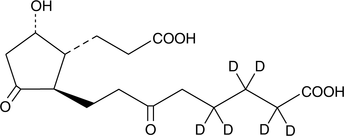
-
GC45026
tetranor-PGEM
tetranor-PGEM is a metabolite of prostaglandin E2 (PEG2) as a biomarker of inflammation and cancer including advanced colorectal neoplasia, ovarian cancer, prostate cancer and so on.
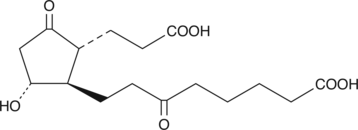
-
GC48157
tetranor-PGEM-d6
An internal standard for the quantification of tetranorPGEM
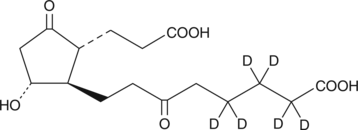
-
GC45027
tetranor-PGFM
tetranor-PGFM is the major urinary metabolite of PGF2α.
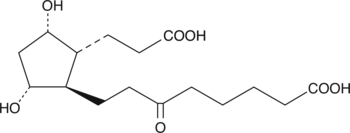
-
GC18921
tetranor-PGJM
Prostaglandin D2 (PGD2) plays a pharmacological role in allergic and asthmatic anaphylaxis, normal physiological sleep and lowering of body temperature, as well as inhibits platelet aggregation and relaxes vascular smooth muscle.
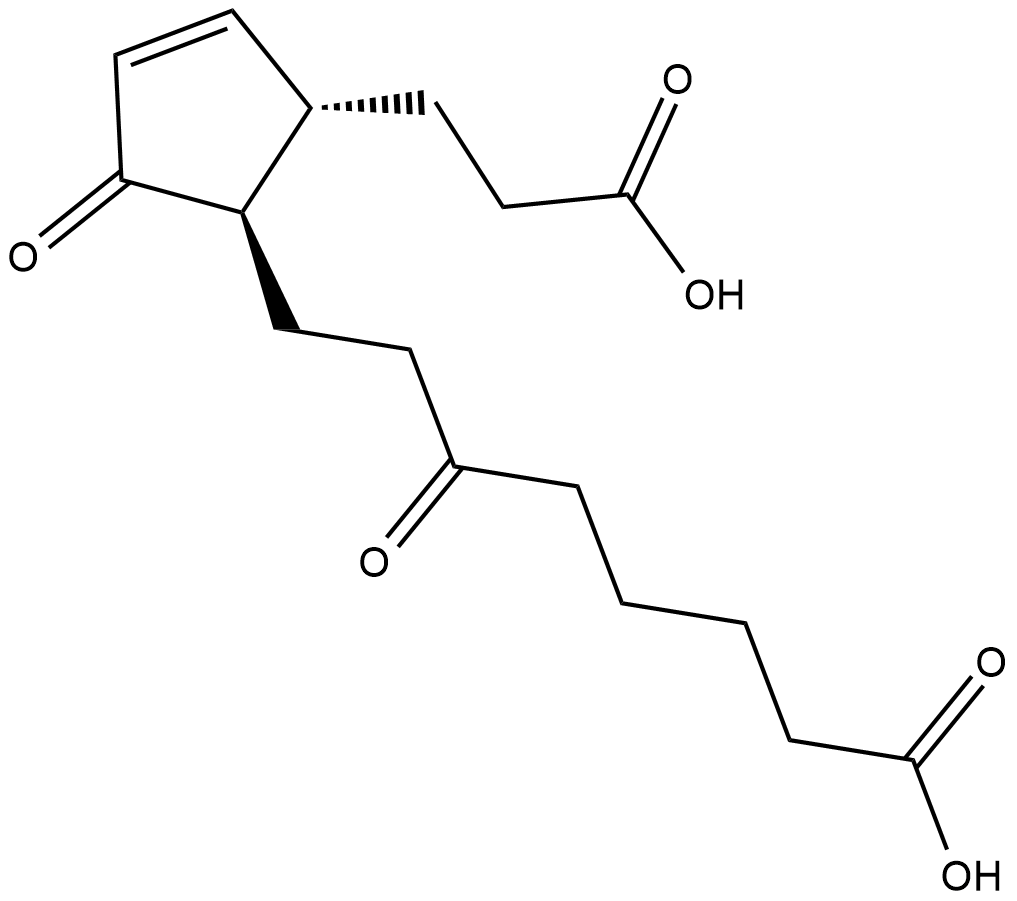
-
GC48158
tetranor-Prostaglandin E1
A metabolite of PGE1 and PGE2

-
GC45030
TG6-129
Prostaglandin E2 evokes distinct responses through four different 'E prostanoid' (EP) receptors.

-
GC45033
Thielavin A
Thielavin A is a fungal metabolite originally isolated from T.

-
GC45034
Thielavin B
Thielavin B is a fungal metabolite that contains O-substituted salicylic acid.

-
GC45052
Thromboxane B1
Dihomo-g-linolenic acid (DGLA) is one of the 20-carbon fatty acids that can be metabolized to prostaglandins and thromboxanes (TXs) by cyclooxygenases 1 and 2 (COX-1/COX-2).
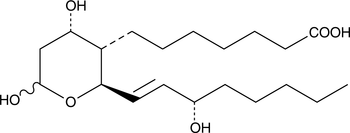
-
GC48176
Thromboxane B2-d4
An internal standard for the quantification of thromboxane B2d4
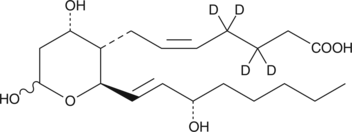
-
GC41475
Thromboxane B3
Thromboxane B3 (TXB3) is the stable hydrolysis product of TXA3 synthesized from eicosapentaenoic acid by COX and thromboxane synthase.
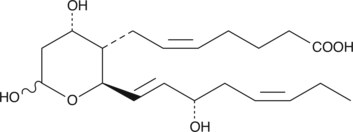
-
GC48194
trans-Resveratrol-d4
An internal standard for the quantification of trans-resveratrol
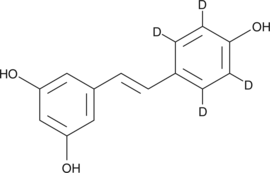
-
GC48202
Treprostinil (diethanolamine salt)
Treprostinil (UT-15C) diethanolamine is a potent EP2, DP1 and IP agonist with Ki values of 3.6, 4.4, 32.1, 212, 826, 2505 and 4680 nM for EP2, DP1, IP, EP1, EP4, EP3 and FP, respectively.

-
GC45104
U-51605
U-51605 is a stable analog of the endoperoxide prostaglandin H2 (PGH2).
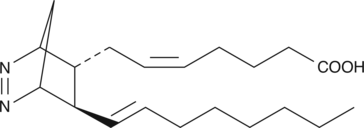
-
GC45121
Unoprostone isopropyl ester
Unoprostone isopropyl ester (Unoprostone isopropyl ester), an analogue of a prostaglandin metabolite, is a potent large conductance Ca2+-activated K+ (BK) channels activator.



